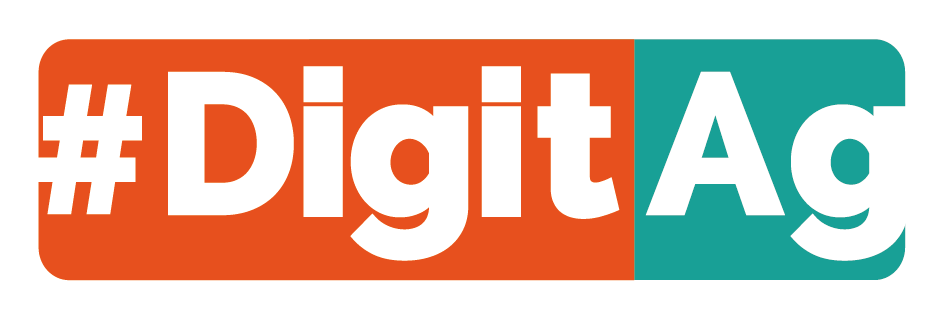Stakeholders across the agriculture industry, including agronomists, controlled environment agriculture growers, government agencies, food manufacturers, and policy think tanks, are emphasizing data-driven solutions. The future of food production depends on using AI to monitor plant health, detect diseases early, optimize nutrient delivery, and predict yield outcomes with exceptional accuracy.
Addressing the Twin Challenges of Agriculture: Sustainability and Efficiency
Amid rising food prices and unpredictable weather caused by climate change, the agriculture sector is facing increasing challenges. Traditional farming methods are reaching their limits, creating the need for solutions that combine policy guidance with technological innovation to meet global food demand sustainably. Vertical farming, supported by AI-driven analytics, is emerging as a promising approach to address these challenges.
A surge in technology adoption is driving the shift toward smart agriculture, where sensors, drones, and automated monitoring systems deliver real-time data for informed decision-making. AI models analyze historical weather patterns, soil health, and crop performance, providing actionable insights to farmers. Technology is helping the industry balance higher productivity with a reduced carbon footprint, supporting the move toward a circular economy.
How AI is Transforming Vertical Farming
Beyond traditional farming methods, AI is driving technological progress in vertical farming. Smart greenhouses and indoor farms now use AI-powered systems to control light, temperature, and humidity, optimizing plant growth. Automated nutrient management ensures crops receive exactly what they need, reducing waste and increasing efficiency.
Predictive analytics enables growers to anticipate market demand and adjust production accordingly. AI-powered robotics streamline labour-intensive tasks such as seeding, transplanting, and harvesting, reducing operational costs. The use of computer vision further improves quality control by detecting defects and maintaining consistent produce standards.
AI & Analytics as the Main Driver of Growth
As vertical farming reaches its inflection point, AI & Analytics are set to be the main driver of growth trajectories in the agriculture sector. Policymakers, investors, and agribusiness leaders must align strategies to support technology-driven advancements, ensuring that sustainable farming practices become the norm.
The business outlook for AI-powered agriculture is strong, with ongoing investments in research and development driving further innovations. By tackling the dual challenges of food security and sustainability, AI is moving the industry towards a future where agriculture is both more efficient and more resilient to environmental uncertainties.













